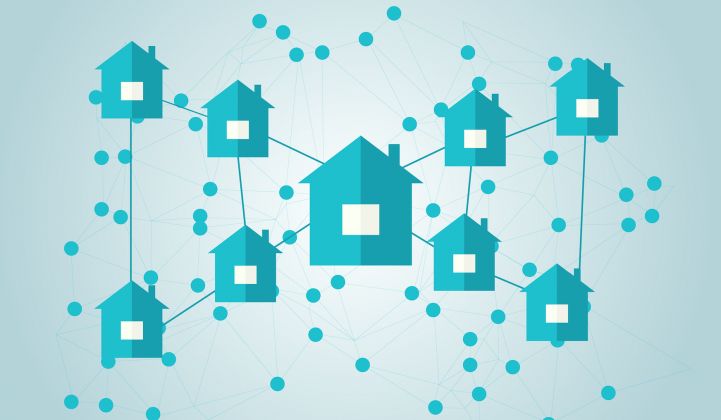EnSync is working on a version of peer-to-peer energy trading. Wisconsin-based storage developer EnSync Energy Systems is working on a system that could allow your residential battery to sell energy to your neighbor’s electric vehicle. The device-to-device transaction system is designed to operate behind the meter, using DC links, and could be up and running within a year, according to Jim Koeppe, product manager for EnSync’s distributed energy resources Flex Internet of Energy platform. The first iteration of the system, called DER Flex, will monitor exchanges on DC meters and send the data to a cloud computing center where payments will be calculated and settled. However, said Koeppe: “As we move forward, we intend to not only use a centralized model in the cloud, but to push that down to the device level, where, then, units can be aware and potentially transact with other units.”
The platform would enable energy devices to communicate privately with each other and carry out transactions at pre-established prices, he said. Around 20 DER Flex units will be sent out for alpha testing, he confirmed, with some going to strategic partners for use in residences in Hawaii, where EnSync has a large customer base. DER Flex will also be demo’d at the Solar Power International industry show this month. The first generation of DER Flex will not allow neighboring battery systems to talk to each other. But EnSync hopes it will be enough to open up small-scale energy trading for residential customers who might live in homes too small to warrant a PV installation or an independent power-purchase agreement (PPA). Specifically, the company has designed the system so that it can help distribute C&I-scale PV and storage across residential communities, such as blocks of apartments. “If we put this sort of distributed network inside […]
Click here to view original web page at www.greentechmedia.com

